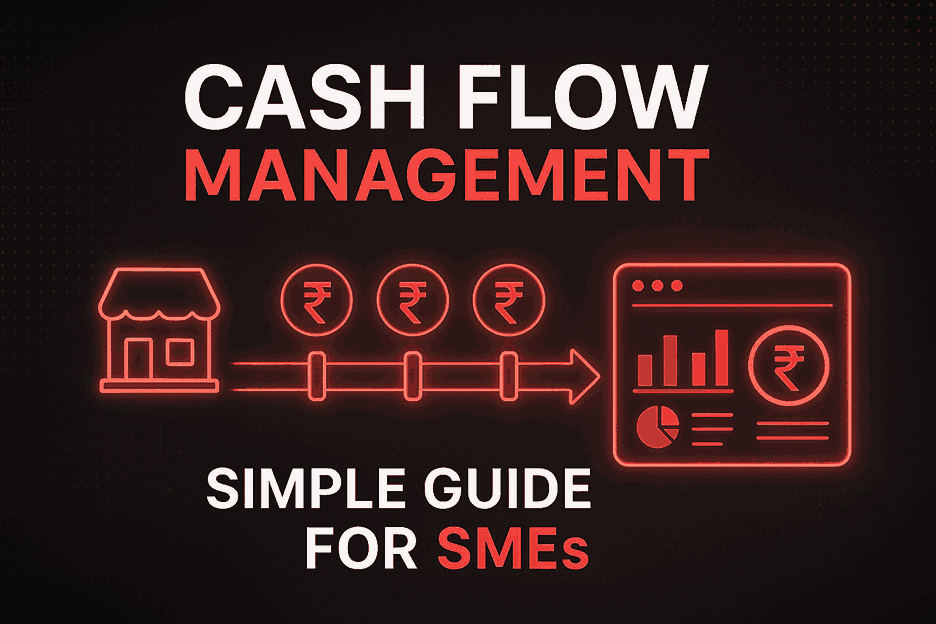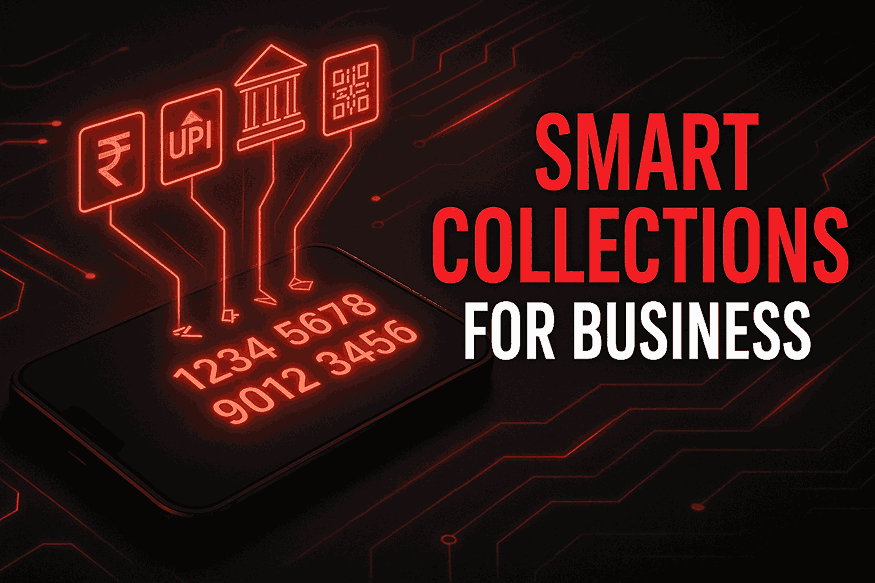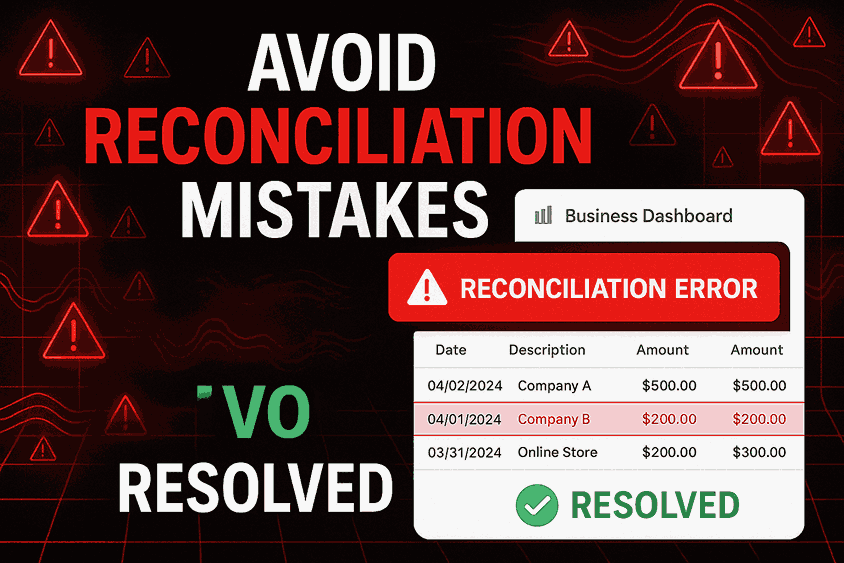What Is a Unified Business Banking Platform and Why Should Businesses Care?

The rise of
digital transformation in business banking has reshaped how companies—whether a
startup or a large enterprise—manage their finances. Gone are the days of
juggling multiple banking portals, payment systems, and finance software just
to keep track of basic money flows. Unified business banking platforms offer a
game-changing solution: they bring all a company’s accounts, transactions,
payments, and analytics under a single, intuitive interface. But what exactly
is a unified business banking platform, why are so many businesses making the
switch, and how does this technology fuel modern business growth? This blog
answers those questions with a clear breakdown for business owners and finance
leaders.
Table of Contents
1.
What
Is a Unified Business Banking Platform?
2.
Core
Features and Functions
3.
How
a Unified Platform Works
4.
Key
Benefits for Businesses
5.
Common
Challenges Without Unified Banking
6.
Best
Practices for Choosing a Platform
7.
Future
Trends in Digital Business Banking
8.
FAQs
About Unified Business Banking Platforms
What Is a Unified Business Banking Platform?
A unified business banking platform is a digital ecosystem where companies can manage multiple accounts, payments, payroll, vendor settlements, and cash flow through a single login and dashboard. Unlike traditional banking, which is often fragmented across different portals and manual spreadsheets, a unified platform consolidates financial operations—offering one-stop access to real-time balances, transaction histories, payment approvals, disbursements, and analytics. In effect, it acts as the “command center” for all business money movement, making the process both seamless and transparent.
For startups exploring such centralized solutions, our guide on the best business banking solution for 2025 offers practical insights.
Core Features and Functions
Unified
business banking solutions typically offer a robust set of features, such as:
1.
Multi-account
management for several banks in one dashboard.
2.
Bulk
and one-off payments (salaries, vendor payouts, refunds).
3.
Integrated
payment gateways for collections (UPI, cards, netbanking).
4.
AI-powered
cash flow, reconciliation, and forecasting tools.
5.
Real-time
analytics and automated transaction monitoring.
6.
Role-based
access and approval workflows.
7.
Document
vaults for invoices, contracts, and taxes.
8.
Secure
API integrations with ERP/accounting software.
How a Unified Platform Works
When a business onboards to a unified platform, it connects its various current accounts and payment tools through secure APIs. The platform then enables authorized users to view, initiate, or approve transactions from any linked account within the same interface. Payment processing is streamlined, reports are generated in real time, and reconciliations or alerts happen automatically. This setup eliminates spreadsheet-driven errors and reduces reliance on fragmented manual processes.
For a closer look at how businesses can manage payouts efficiently, see our guide on what is UPI Payout and how it works.
Key Benefits for Businesses
1.
Improved Control and Visibility
Businesses
gain a complete view of their cash position, incoming payments, and outgoing
expenses across all partners and products.
2.
Enhanced Efficiency
Automation
of routine tasks—like payroll, invoices, or reconciliations—saves time, reduces
errors, and boosts productivity for finance teams.
3. Better
Security and Compliance
With
end-to-end monitoring, unified access control, audit trails, and automated
checks, businesses can easily comply with tax, regulatory, and internal
governance standards.
4.
Data-Driven Decisions
Rich
analytics and real-time reports allow better forecasting, smarter investment,
and timely risk mitigation—unlocking new growth opportunities.
5. Fast
Onboarding and Support
Modern
platforms simplify onboarding for new vendors or employees, reduce admin
burdens, and often provide dedicated support and training.
Common Challenges Without Unified Banking
Without a
unified platform, businesses may experience:
1.
Repetitive
logins and manual data entry across banks.
2.
Missed
payments or reconciliation errors.
3.
Fragmented
transaction histories and documentation.
4.
Poor
visibility into real-time cash flow.
5.
High
risk of data breaches, manual mistakes, or compliance gaps.
Best Practices for Choosing a Platform
When
selecting a unified business banking platform, consider:
1.
Bank
and payment integrations offered.
2.
Security
certifications (PCI DSS, ISO, GDPR).
3.
Quality
of analytics, reporting, and automation tools.
4.
Scalability
and ease of onboarding new users/accounts.
5.
Availability
of dedicated business support and comprehensive SLAs.
6.
Custom
API flexibility for integration with your existing business stack.
Future Trends in Digital Business Banking
Looking
ahead, unified platforms are embracing AI for predictive insights, blockchain
for transparent audits, and open banking frameworks for deeper collaboration
with other fintechs. Expect even more intuitive, mobile-first user experiences
and modular plug-ins for functions from lending to expense management, giving
businesses true “one-window” financial control.
Conclusion
Unified business banking platforms are more than just a convenience—they’re becoming the backbone of modern financial operations. By consolidating accounts, payments, and analytics into one streamlined interface, these platforms empower businesses to operate with greater efficiency, transparency, and control. Whether you’re an SME looking to simplify finance or a large enterprise aiming for scale and compliance, a unified approach eliminates silos and enables smarter decision-making. As digital transformation accelerates, adopting a unified business banking platform today ensures your organization is prepared to grow, adapt, and thrive in the future of finance.For businesses running online stores, integrating a trusted payment gateway is key—our guide on how to add PaySprint Payment Gateway to Shopify in India shows you exactly how.
FAQs About Unified Business Banking Platforms
How is a unified platform different from traditional business banking?
Traditional
banking is siloed, requiring multiple logins and manual processes. A unified
platform offers all banking, payments, and analytics in one dashboard for
efficiency and better visibility.
Are unified business banking platforms secure?
Yes, leading
platforms employ bank-grade encryption, access controls, and compliance
monitors to ensure data safety.
Can SMEs benefit from unified banking, or is it only for large companies?
SMEs can
especially benefit by simplifying finance, automating routine work, and gaining
access to premium analytics without major IT investment.
What if my business needs to integrate with ERP or accounting tools?
Most
platforms offer robust API support so you can connect your banking data to
popular ERP, payroll, or finance software.
What are typical costs for using a unified banking platform?
Pricing
varies by provider and feature set but is generally outweighed by efficiency
gains and reduced operational risk.




















